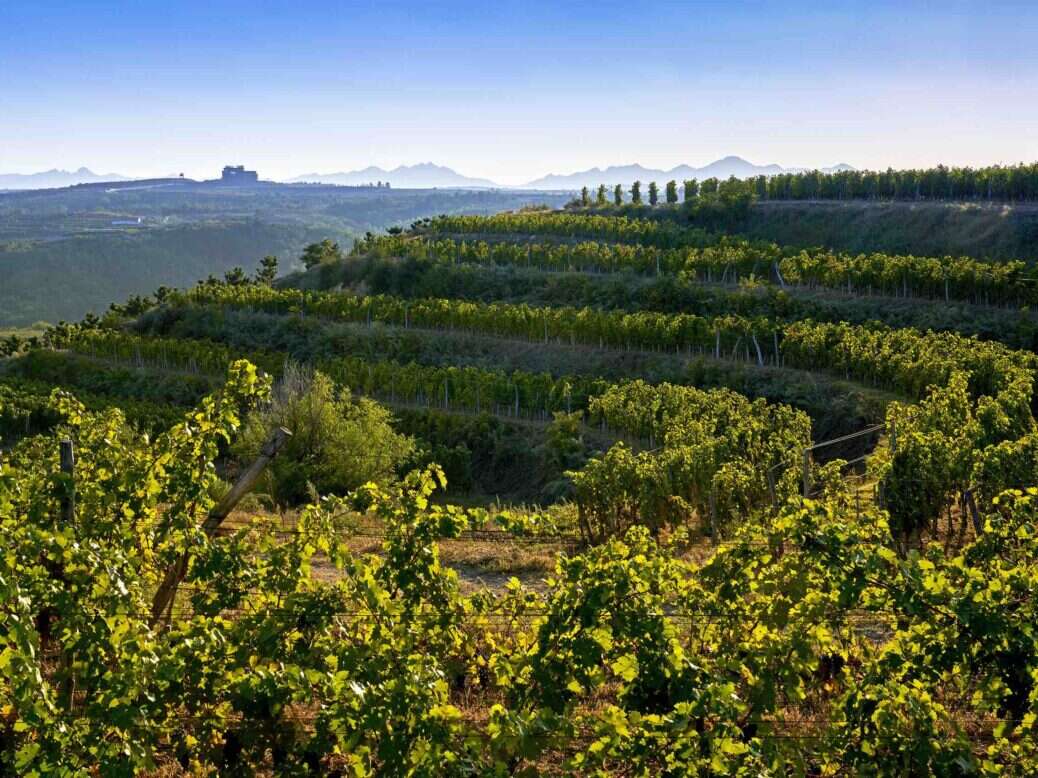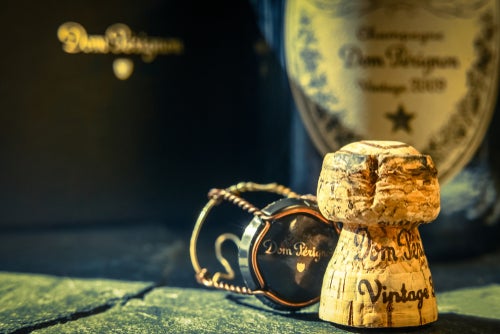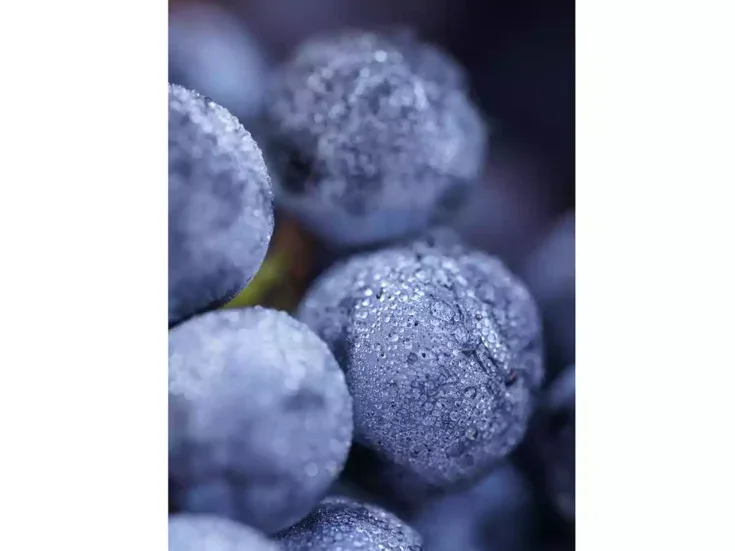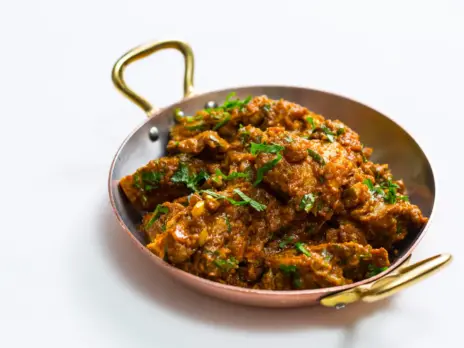
Ch’ng Poh Tiong on the progress being made by Chinese winemakers, and the places, styles, and grape varieties that are currently in the ascendance.
Today the go-to approach to understanding wine is usually through the prism of terroir. This knee-jerk methodology is not always the most effectual. There’s more than one way to skin a grape.
A useful approach to understanding Chinese wine is to consider those regions that have to bury their vines and those that are spared this annual ritual. The former are so cold that vines need to be buried alive in the fall and revived in the spring, reminding us of bears hibernating. The earth that covers the vine to keep it warm is not unlike the thick fur a bear wears to mitigate the freezing cold.
In regions and provinces such as Gansu, Shanxi, Shaanxi, Ningxia, and Xinjiang, –10°C (14°F) is normal in winter. In the most northerly regions of Liaoning and Heilongjiang, the norm is more like –20 to –30°C (–4 to –22° F) in January. These regions where vines need to be buried carry the added burden of higher production costs. Labor in China has become increasingly expensive and hard to recruit in rural areas. There is, however, a plus side. Since it is so incredibly frigid, there are hardly any pests to speak of. Most of the regions are also very dry and the vines naturally organic.
Burying vines is incredibly laborious physical work. It is also an arduous strain for the vines, as they are pulled (screaming?) into the ground and then buried alive. How much must a vine endure to fulfil the mantra that it only produces good or great wine if it suffers? Is stress the same as suffering? There are, anyway, no truly old vines where they need to be buried because after 25 years or so of the annual tug of war, they eventually snap and give up their soul.
The coastal regions—including parts of Shandong—where vines stay outside in all seasons, are exposed to typhoons in the summer. Phenolic maturity is a challenge. The high-altitude vineyards of Yunnan, bordering Vietnam, Laos, and Myanmar, are still too young to give us a clear idea.
Chinese winemakers and winegrowing: Constant evolution
Winegrowing and winemaking remain an evolving picture in China. There is, fortunately, no shortage of creativity and imagination. China’s greatest white wine—for now—is not Chardonnay but Petit Manseng, which ticks all the boxes in varietal expression and possesses that elusive virtue of vibrancy.
Sonia Song, whose family are owners of Longting Vineyard in Penglai, Shandong, first planted the variety in 2014 in order to produce a sweet wine. Then in 2020, they also produced a dry Petit Manseng to see if Chinese consumers would take to that. Longting skipped the 2021 vintage to assess market reaction. Not only did Chinese consumers give the dry Petit Manseng the thumbs up, the 2020 vintage took Grand Gold Medal at the 2024 Brussels International Wine Competition. The wine resumed annual production in 2022, with volume up 30%.
News—success or scandal—travels fastest in China, where most people speak into, rather than text on, their mobile. Last year, Lafite-owned Domaine de Long Dai, also in Penglai, started planting Chardonnay, Petit Manseng, and Chenin Blanc. Watch this space.
Nowhere else in the world are more women involved in wine than in China, whether in distribution, KOLs (read influencers rather than journalists), or consumers (another would be Japan). China’s finest winemaker is Zhang Jing, a co-founder, co-proprietor, and chief winemaker of Ningxia’s Helan Qingxue, better known to the non-Chinese-speaking world as Jiabeilan.
I declare my interest in that I have been Asia Regional Chair of the Decanter World Wine Awards since its founding in 2004, and it was my panel that awarded the 2009 Jiabeilan Cabernet Sauvignon Gold in the 2011 DWWA, before it went on to snatch the Trophy for Bordeaux Blends in its category, outsmarting a St-Emilion Grand Cru (since 2022, a Grand Cru Classé), among others.
Even more important than creativity and imagination in winemaking is sensitivity, the ability to intuit when enough is simply enough. Zhang Jing is one of only two or three Chinese winemakers who truly understand Marselan, the Cabernet Sauvignon and Grenache crossing created in 1961 by the late French ampelographer Paul Truel (1924–2014) of the French National Agronomy Institute.
Jiabeilan Baby Feet Marselan sees no new oak and seduces with pristine fruit and flowers, including violets and luscious cherries, its supple tannins becoming velvety with evolution. Marselan had revealed, from the start, more of its Grenache than its Cabernet Sauvignon parentage. Yet, the overwhelming majority of Chinese winemakers smack the Rhône-Bordeaux hybrid with new oak staves in the hope of bending it into something it does not wish to be. These owners or winemakers are either ignorant or forgetful of the fact that Château Rayas in Châteauneuf-du-Pape—perhaps still the greatest Grenache wine there is—sees no new wood. Those owners or winemakers should manufacture furniture instead of making wine.
The Baby Feet range was born in 2009, inspired by the birth of Zhang Jing’s daughter Lisa. “Baby Feet is a series of experiments, new thinking, and endeavors by the winemaker to express the fact that Jiabeilan has never stopped learning and exploring the Ningxia terrior. New oak barrels have never been used in Baby Feet but, depending on the wine, this is not ruled out,” Zhang Jing revealed.
Cabernet Sauvignon was the first in the range. The Baby Feet family today includes Marselan, Pinot Noir, Malbec,
a sweet Petit Manseng, and a fast-growing and very articulate Lisa Zhang, who has outgrown her toddler shoes.
Women hold up the wine firmament of China.






